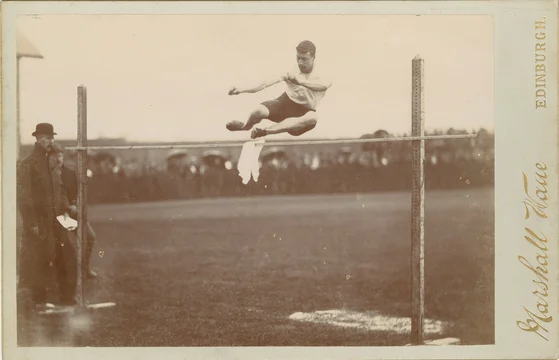Judge Connolly issued a post-trial opinion in a false advertising case this week that contained another interesting bit of damages arcana under the Lanham Act.

The trial in CareDx, Inc. v. Natera, Inc., C.A. No. 19-662 (D. Del. July 17, 2023), seemed to go great for the plaintiff with the jury finding 9/10 of the defendant's advertisements were false and awarding $21.2 Million in compensatory damages and $23.7 Million in punitive damages. As we say in Delaware, "that's a lotta crabs"*
It all went tails up in post-trial briefing however, when the defendant moved for JMOL of no damages. The court began by summarizing the elements of a Lanham Act claim in the Third Circuit
1) that the defendant has made false or misleading statements as to his own product [or another's]; 2) that there is actual deception or at least a tendency to deceive a substantial portion of the intended audience; 3) that the deception is material in that it is likely to influence 3 purchasing decisions; 4) that the advertised goods traveled in interstate commerce; and 5) that there is a likelihood of injury to the plaintiff in terms of declining sales, loss of good will, etc.
CareDX, at 3-4 (emphasis added) (quoting Pernod Ricard USA, LLC v. Bacardi U.S.A., Inc., 653 F.3d 241,248 (3d Cir. 2011))
The highlighted factor is the interesting one. You see, actual deception is presumed for liability purposes, if a plaintiff proves the advertisement was literally false. however, you still need to prove actual deception for damages purposes. So, for example, if you want $43.9 Million, the presumption doesn't do you much good, to wit:
Natera argues, and I agree, that CareDx adduced at trial no evidence that any person was deceived by or relied on any of the nine advertisements found by the jury to be false. CareDx insists otherwise, but the evidence it points to does not establish directly or even circumstantially that a person was in fact deceived by or relied on Natera's advertisements.
Id. at 6.
The stumbling block appears to have been that plaintiff relied on the defendant's alleged intent to deceive potential customers, rather than the results of their efforts, as the Court noted:
Proof of what Natera intended to accomplish or thought it could achieve with its marketing plans and training efforts in no way establishes that those plans and efforts succeeded.
. . .
In the Third Circuit, evidence of an intent to mislead does not warrant a presumption of actual deception
Id. at 7,9.
Something to keep in mind when you're putting together your next Lanham Act case.
*You can't prove we don't
If you enjoyed this post, consider subscribing to receive free e-mail updates about new posts.



